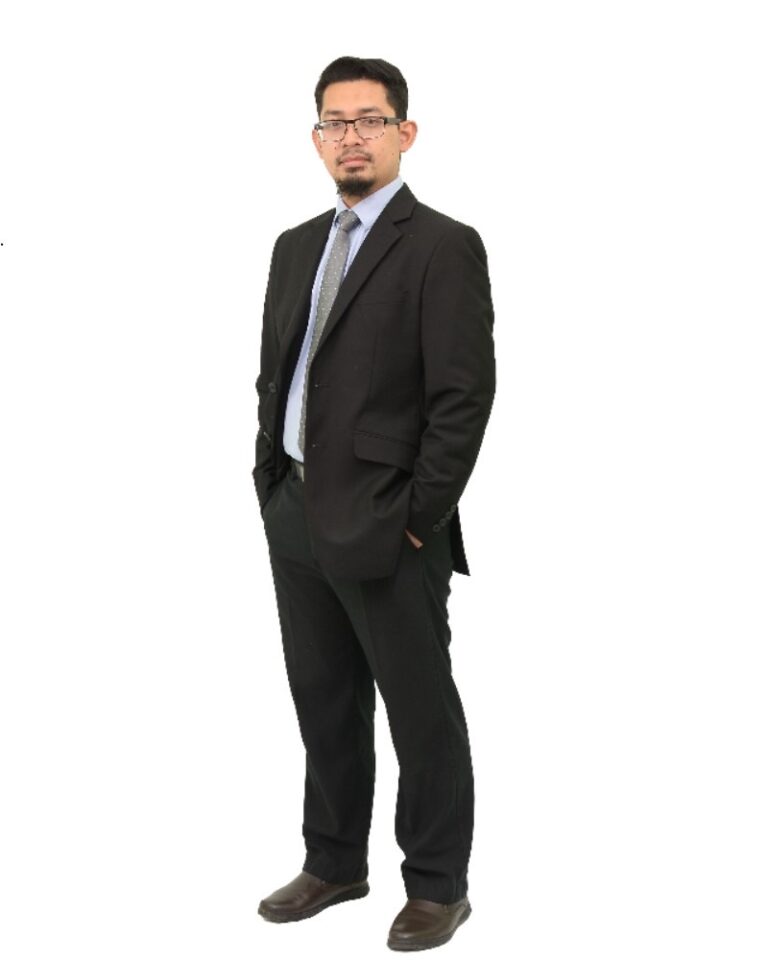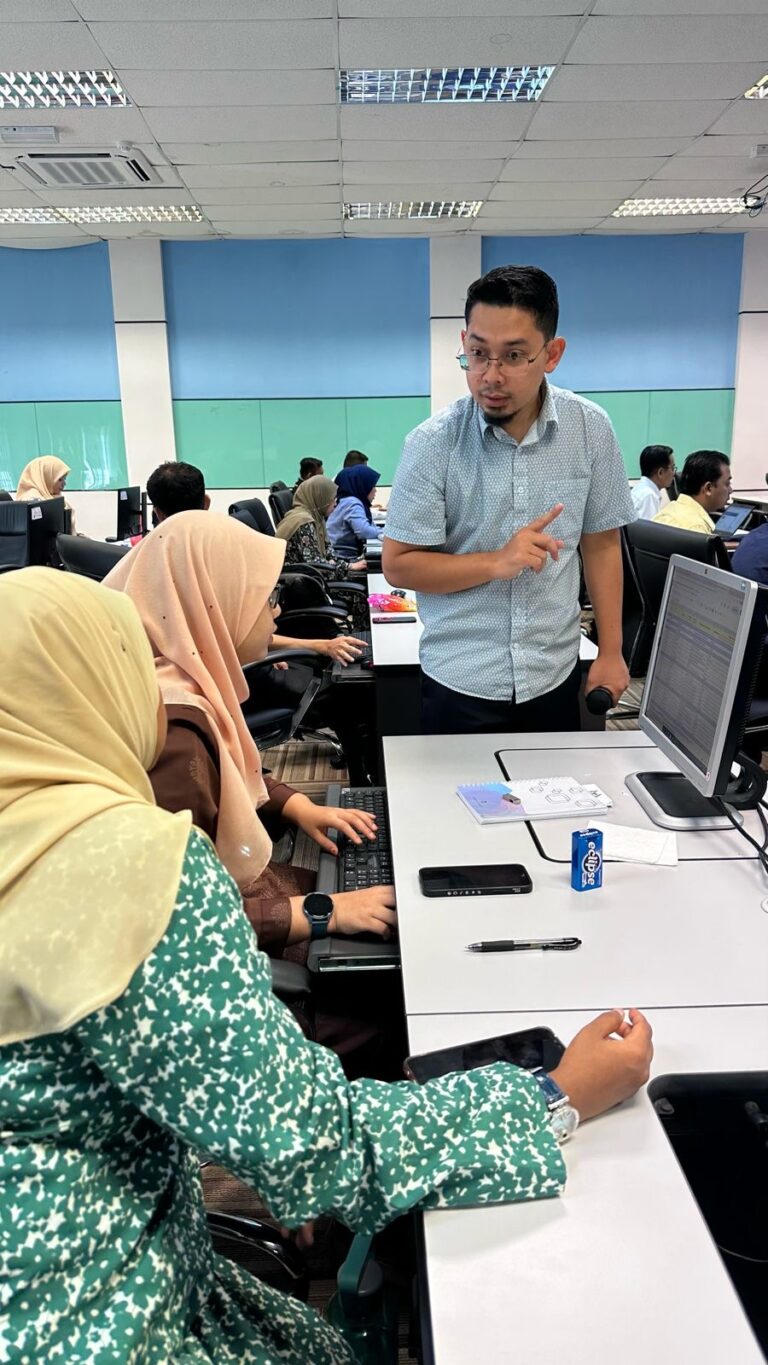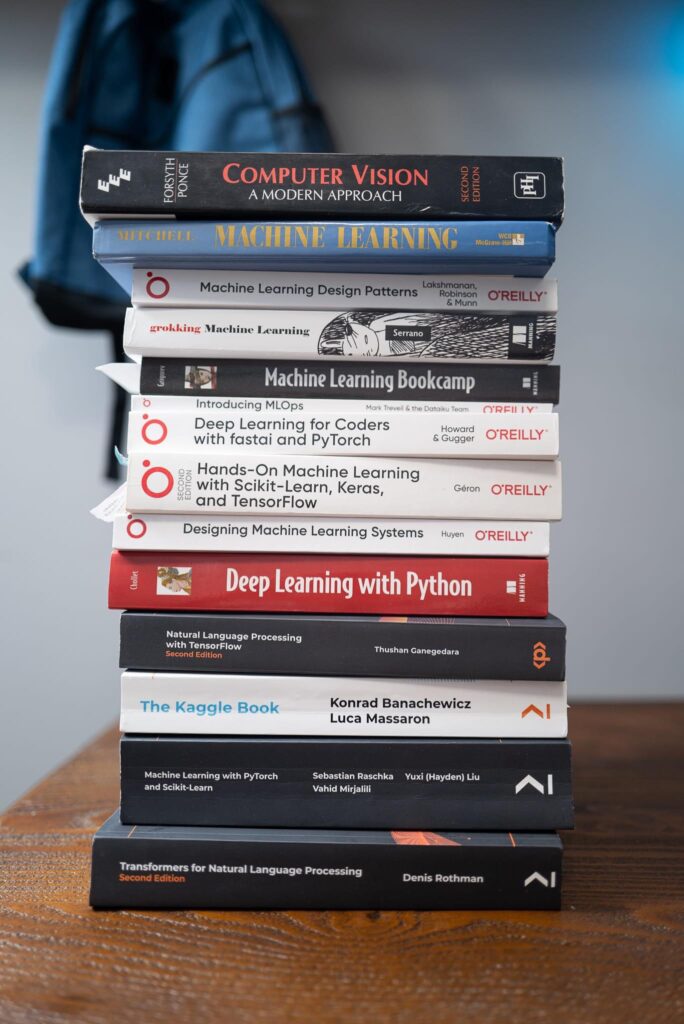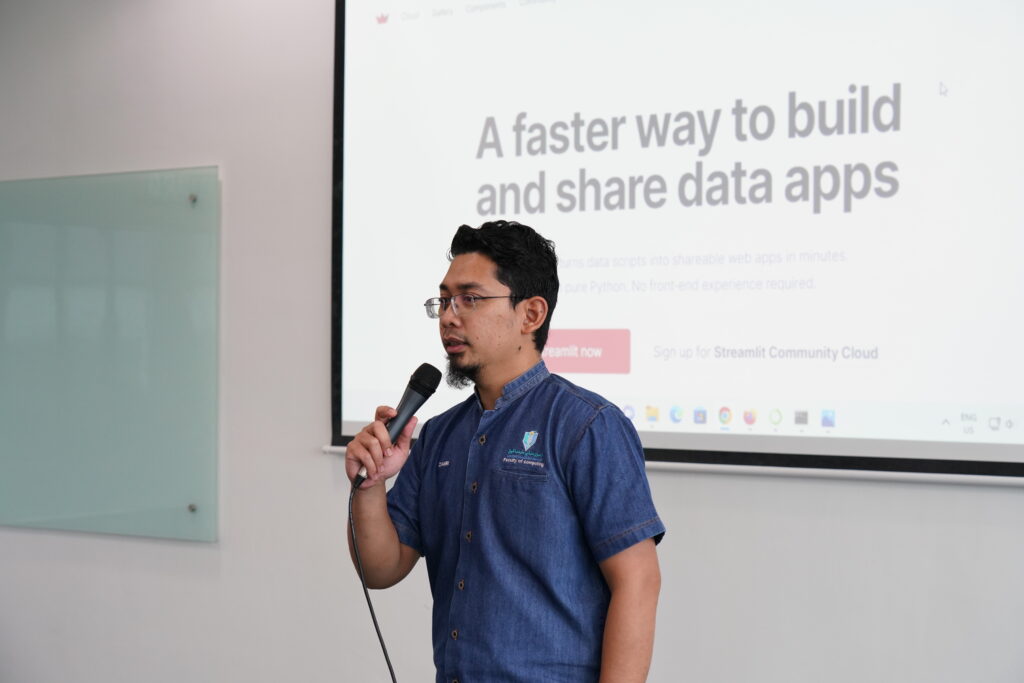4 PILLARS OF SELF-LEADERSHIP

PILLAR #1 KNOWING WHO YOU ARE
Knowing who you are is a big part of self-awareness, which means knowing your strengths, weaknesses, and chances. Recognizing our unique identities was part of this. These identities may be strengths for both us and the organisation. I believe that admitting a weakness is necessary to show that there is room for growth. Finding our strengths is important for lecturers to keep their jobs because it helps us keep learning and sharing with our students, who are our stakeholders.
What’s important here is that a strong ecosystem for education is built so that the learning environment stays the same.
What is your goal? One day, I want to work for an organisation where I can be a mentor to young people, both students and young people for a better educational ecosystem.
PILLAR #2 KNOWING WHAT YOU DO
This pillar emphasizes self-management, which involves being conscious and accountable for every action we take. Being a lecturer entails more than just teaching in the classroom. I always bear in mind that the students who come to the educational institution are in search of specific learning. Prioritizing the cultivation of individuals who possess long-term value over imparting them with specific knowledge is of greater significance. There is nothing more that I can accomplish from them, but observing that they represent the future national talent inspires me to consistently stay prepared and well-informed in our field of expertise.


PILLAR #3 KNOWING WHAT YOU NEED TO LEARN
As a lecturer, it is essential to stay constantly informed and knowledgeable. The educational system has undergone changes over the years due to advancements in technology. Furthermore, the implementation of Generative AI has had a significant impact on our everyday lives. I constantly pursue new knowledge by engaging in extensive reading and obtaining certifications through online courses. Continuously strive for improvement, not only in the content itself, but also in acquiring additional social knowledge to enhance my teaching, learning, and communication skills.
Concisely, this is my educational strategy for the next three years.
Year 1: Actively seeking guidance and consultation from senior individuals.
Year 2: Participating in the industrial project.
Year 3: Focus on specialising in the field of cybersecurity through the pursuit of professional certification.
PILLAR #4 APPLY WHAT YOU KNOW
This pillar emphasises practical application. It is not enough to know oneself and acquire knowledge; I must also apply what I have learnt over the years.
Teaching in the classroom is simple. However, it is difficult to apply them to real-world situations. For me, teaching students to think critically and analytically is vital. Critical thinking may help students stay relevant in the industry, even if it is not explicitly taught in the textbook. It must be deeply practiced. As a result, connecting theory to practice is critical to ensuring that students understand and can explore additional knowledge outside of the classroom setting.
Written by
Ts Dr Mohd Zamri Osman
3 September 2024


